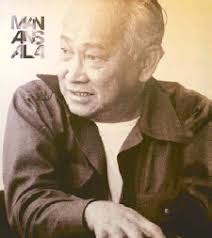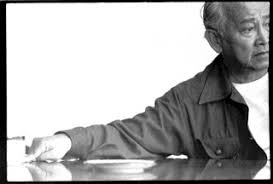
1910 - 1981
Vicente Silva Manansala

description
A Filipino artist, a bright representative of Cubism. Having been educated in the USA, Canada and Europe, the artist was in the forefront of the modernist movement in his country and played one of the key roles in the development of contemporary art in the Philippines. Manansala is known as the author of “transparent cubism”, in which images are superimposed on each other and create a feeling of lightness and weightlessness. His paintings combine the most modern world art trends with local flavor and a deep understanding of the psychology of the people. Many works by V. Manansala reveal the theme of human deprivation and extreme poverty in post-war Manila. The artist’s colour palette is distinguished mainly by bright, sunny shades inherent in the nature of his motherland. Manansala’s paintings are filled with spiritual light and sincere sympathy for the depicted characters. The artist believed that the true beauty of art arises in the process of its creation, and the central theme of each painting is love.
Key ideas:
– Throughout his career, he created figurative paintings and sometimes abstract works.
– Unlike representatives of analytical cubism, who randomly fragmented figures creating a bizarre mosaic, Manansala always worked with recognizable objects.
– The artist painted monolithic figures, the most simplified and reduced to the basic geometric shape, but not distorted. The planes and geometric figures in the artist’s works are larger than in the paintings of the founders of Cubism. They are subordinate to their rhythm, sometimes resembling a tapestry.
– Having developed the style of “transparent cubism”, he used it in most of his paintings. The essence of the method is in the masterful overlay of central figures on the geometric plane of the background. Made with soft transitions and midtones, these layers create a feeling of lightness and airiness of the picture.
– The author often included linear decorative patterns in the composition, for example, iron grates of gates or windows.
– From the pictures of a rural idyll to acute social themes of the city, the artist repeated the motive of combining elements of provincial folk culture with urban problems. The central themes are the dirt and overpopulation of a big city, poverty and hard work.
– Many of his paintings are dedicated to the post-war Manila, which survived the great destruction and made its inhabitants poor.
– The central image of his art is poor Filipino people. The master depicted the daily life of peasants, traders and citizens. In all his paintings, the author showed his deep understanding of their aspirations and hopes, sincere sympathy.
1910
1926
1941
1949
1950
1951
1960
1963
1981
The birth of the artist
Entered the School of Fine Arts
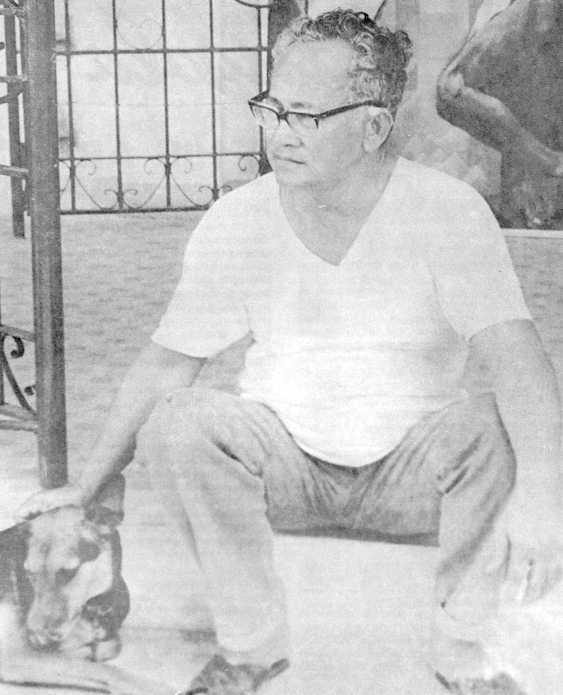
Worked as an illustrator
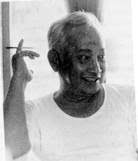
Studying at the Art School in Banff and Montreal in Canada
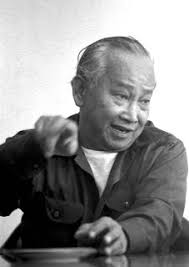
He traveled to Paris
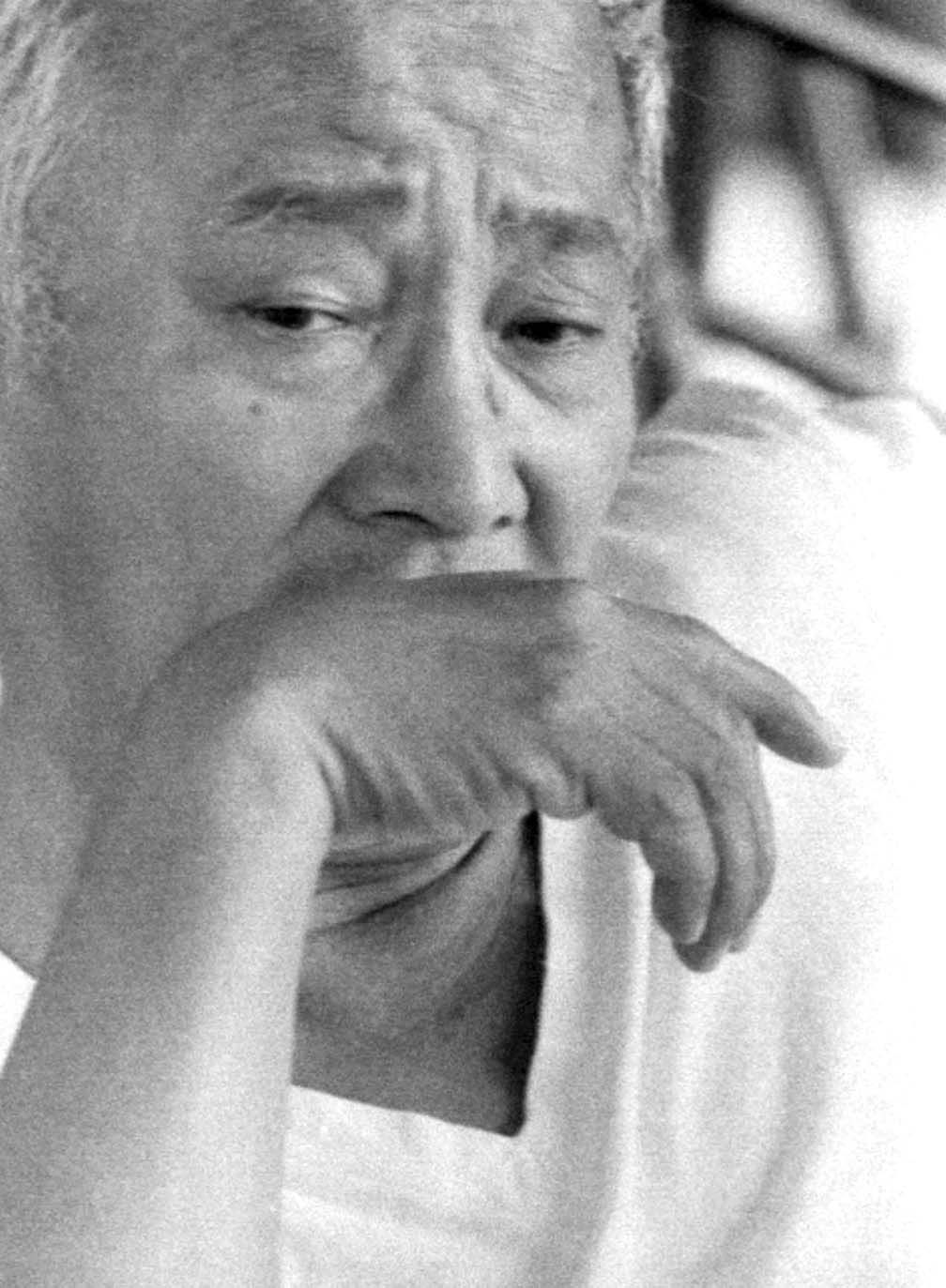
Taught at the School of Fine Arts

Received a grant from the United States
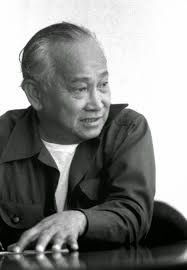
He was awarded the prestigious prize for his contribution to the cultural heritage of the Republic
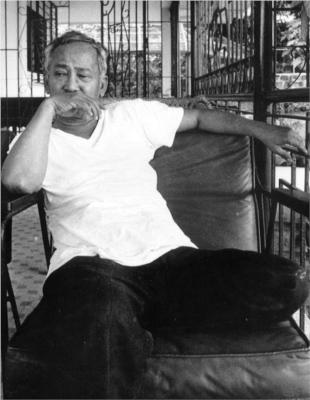
«National Artist of the Philippines»
